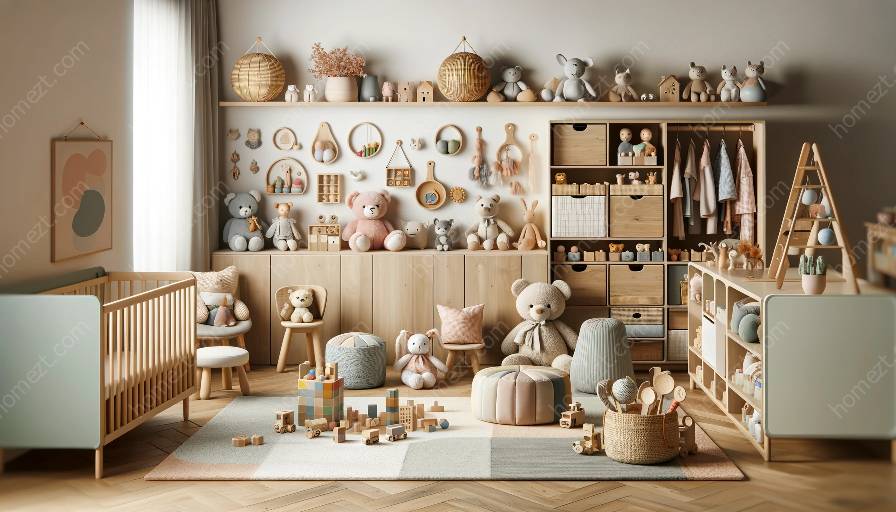Sensory toys are a valuable addition to any nursery or playroom, offering a range of benefits for children's development. From stimulating the senses to promoting learning and creativity, these toys play a vital role in early childhood education.
In this comprehensive guide, we will explore the concept of sensory toys, their importance, and how they can be integrated into toy selection for nurseries and playrooms.
The Benefits of Sensory Toys
First and foremost, sensory toys are designed to engage and stimulate a child's senses, including touch, sight, sound, and more. By providing multi-sensory experiences, these toys can enhance cognitive development, fine and gross motor skills, and social interaction. Furthermore, they can be particularly beneficial for children with sensory processing issues or special needs, providing a means of therapeutic play and sensory integration.
Moreover, sensory toys encourage open-ended and imaginative play, allowing children to explore and experiment with various textures, shapes, and colors. This fosters creativity and problem-solving skills while promoting a sense of curiosity and wonder.
Incorporating Sensory Toys in Toy Selection
When selecting toys for a nursery or playroom, it's important to consider the role of sensory toys in supporting overall development. Look for toys that offer a variety of textures, different sounds, and visual stimulation. Soft, plush toys, textured balls, musical instruments, and sensory exploration kits are all excellent choices. Additionally, considering the developmental needs of the children in the age group is crucial. For instance, infants may benefit from toys that provide gentle sensory stimulation, while older children may enjoy more complex interactive toys that engage multiple senses.
It's also essential to maintain a balance of different types of toys, including sensory toys, to create a well-rounded play environment that encourages holistic development.
Sensory Toys in Nurseries and Playrooms
Integrating sensory toys into the design and layout of nurseries and playrooms can create a welcoming and engaging space for children. Consider setting up sensory stations with different activities and toys that cater to various senses. This could include a tactile corner with textured surfaces, a visual stimulation area with colorful and visually stimulating toys, and a sound exploration zone with musical instruments and auditory toys.
In addition, incorporating sensory-friendly elements, such as soft lighting, comfortable seating, and calming decor, can further enhance the overall sensory experience in the space.
Conclusion
Sensory toys play a crucial role in nurturing children's development and enhancing their play experiences. Whether it's through tactile exploration, visual stimulation, or auditory engagement, these toys offer a myriad of benefits for children of all ages. By carefully selecting and incorporating sensory toys into nursery and playroom environments, educators and parents can create enriching and stimulating spaces for children to learn, grow, and thrive.
Explore our wide selection of sensory toys and create an inspiring and sensory-rich environment for the young ones in your care.



